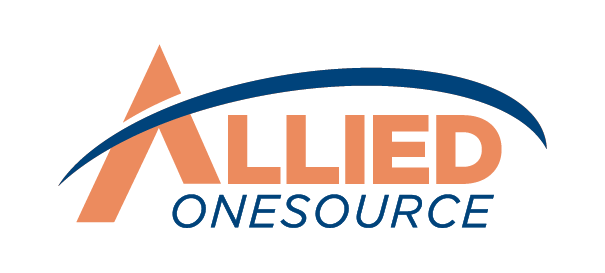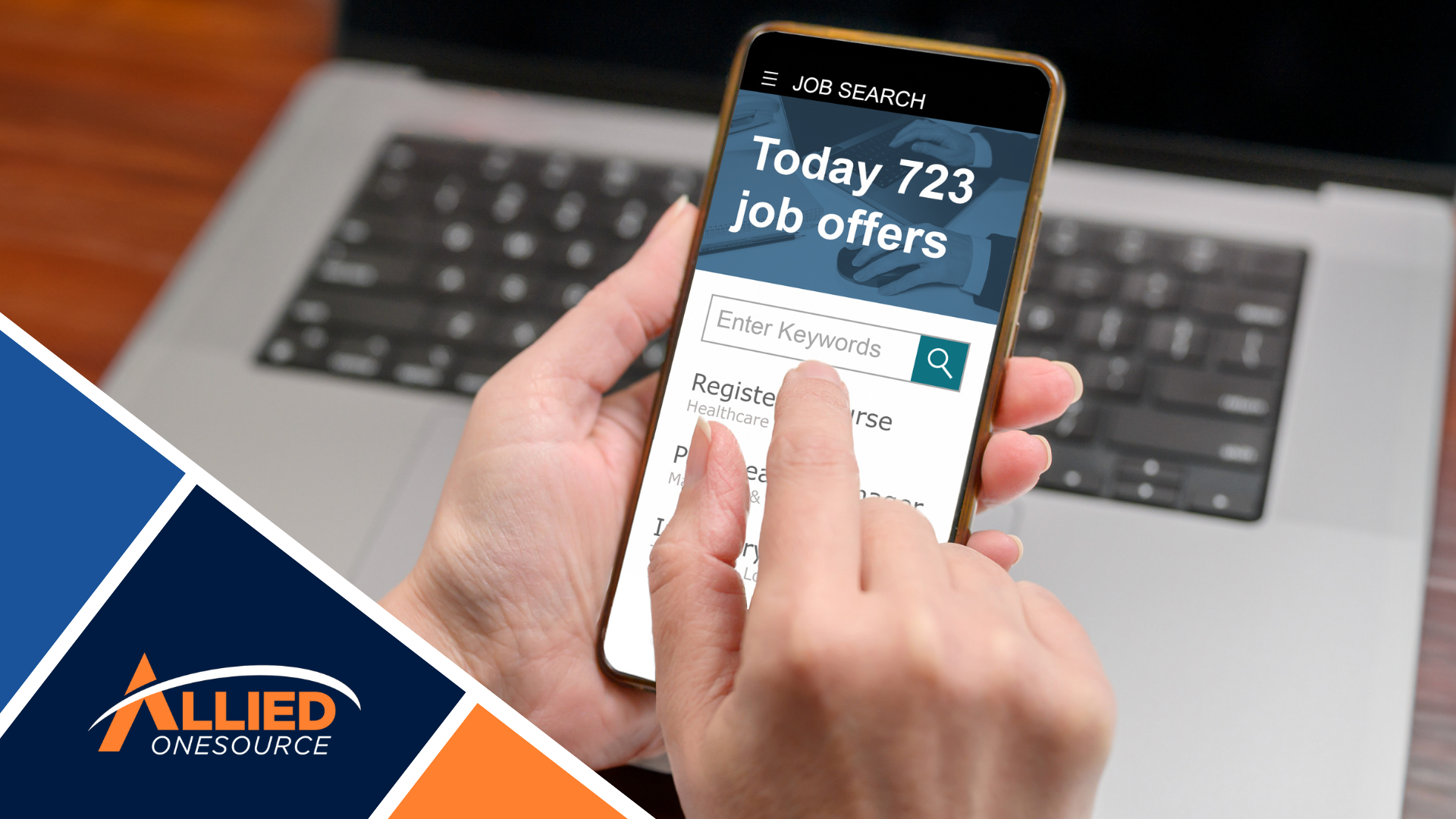9 Employee-Approved Wellness Initiatives For a Healthier and Happier Workplace
Ping-pong tables and gym memberships are nice benefits, but they don't mean much if they're just there to check a box instead of supporting your employees' well-being.
Think of a single mom employee who has received two job offers to be a team lead. Workplace A has a well-equipped gym, free lunches, monthly team-building activities, and a cozy lounge with snacks. Workplace B doesn’t have these perks, but every month, employees get a child-care allowance and a day off for caregiver mental health. Which workplace would they choose?
Workplace wellness initiatives should give your employees a sense of belonging and purpose. To show how this can be achieved, we’ve put together a list of wellness activities that will allow your employees to feel whole and appreciated and help them bring their best selves to work.
Creating a Healthier Workplace: Wellness Programs and Ideas
More than 80 percent of employees who feel their employer cares about their wellness say they enjoy their work, and around 85 percent of these employees plan to stay at their jobs.¹ This shows the importance of employers investing in initiatives that prioritize employee well-being.
Take a look at these employee wellness programs you can implement to create a more supportive and positive workplace for your employees.
Read More: 9 Wellness Initiatives for a Vibrant and Energized Workforce
1. Give them flexible work hours.
Startups and newer companies are already on board with this, but many older and larger companies haven’t caught on yet. If an employee’s job doesn’t require specific hours, why make them stick to a set schedule?
Many jobs no longer require the traditional 40-hour workweek. For instance, a software developer who's working on a project with flexible deadlines may find it hard to stick to a 9-to-5 schedule if they have to care for their children, travel, or take evening classes. Allowing them to set their own hours or work remotely can make it easier for them to handle their responsibilities and still get their work done.
Giving your employees the opportunity to adjust their schedule by just an hour can make a big difference. You might also consider offering a four-day workweek. After all, which employee is more productive: a stressed and rushed one or one who calmly arrives and ready to work?
2. Set clear limits on work time outside of regular hours.
For global teams, it's crucial to respect everyone's local time. While flexibility is sometimes needed, establish core hours for collaboration. In case of emergencies, define what constitutes an emergency and how to handle it.
Suppose a critical system goes down, this would classify as an emergency. Have a protocol in place. The team member who discovers the issue immediately alerts the designated on-call person via an emergency channel (like a specific Slack channel or a direct phone call). The on-call person coordinates the response, ensuring that only essential personnel are involved to minimize disruption.
After resolving the issue, a brief report is shared with the entire team during regular hours.
Rotate meeting times to distribute off-hours communications fairly. Use scheduling tools to send emails and messages at appropriate times, preventing disruptions and promoting a healthier work-life balance.
3. Provide resources for financial learning.
In PwC’s study, 41 percent of employees who were stressed about money said they felt embarrassed to ask for help.² Money problems are common and can impact many areas of life, including work. If an employee is struggling with financial issues, they might not be fully engaged at work or able to focus on their well-being.
Offering financial education can help reduce this stress and teach valuable life skills. It’s more than just having a 401(k) representative visit once a year. Employees can benefit from learning how to budget, understand investing, and plan for retirement.
Keep in mind that your workforce includes people at different life stages, from recent graduates to those approaching retirement. Make sure your financial education and wellness programs are tailored to meet the needs of everyone.
4. Paid days off for self-care and mental health.
There are times when an employee might be dealing with personal issues or stress to the point where coming to work could be overwhelming or hinder their productivity. On such days, if they do come in, they may not be able to perform at their best.
Policies that provide paid time off for mental health days or self-care are essential for supporting employees in these situations. These days off help employees take care of their mental health and well-being, which helps them recover and return to work refreshed and more focused.
Read More: Taking Care of Your Employees: The Importance of Valuing Workers' Wellness and a Slow Work Mindset
5. Give your employees the freedom to make their own decisions.
Nothing hurts employee engagement and morale like a lack of autonomy. When your team members have the freedom to make decisions and act in their roles, they become more invested in their work and the company’s success. This leads to happier employees and a more positive work environment.
For your next employee wellness program, train your staff in critical thinking and empower to make decisions. Encourage them to take initiative and set goals for themselves. When employees succeed in making decisions at work, they'll also apply these skills in their personal lives.
6. Encourage regular stretch breaks during work.
If employees spend long hours sitting at their desks working on code or troubleshooting issues, they might experience stiffness and discomfort from sitting too long. Support physical wellness by setting up reminders for short stretch breaks every hour.
Encourage standing or walking meetings when appropriate. You might consider providing standing desk options or desk converters. Organize optional group stretching or light exercise sessions during lunch breaks or share quick, desk-friendly exercise routines that employees can do independently.
7. Set up collaborative workspaces.
Collaborative workspaces can boost employee engagement and wellness in several ways. Let your team move out of their cubicles or offices and use shared spaces where they can easily talk and work together. A change of scenery can refresh your employees and encourage new ideas.
If your team is working on a new software development project, have a shared area where developers, testers, and project managers can sit together for a quick discussion or brainstorming to speed up the resolution process.
However, some professionals, such as an IT security analyst who is focused on identifying potential vulnerabilities in the system, may find a collaborative workspace distracting. In these cases, providing options for quiet work areas or private rooms helps maintain productivity and keeps all team members satisfied with their work environment.
8. Encourage community involvement.
You might not think that encouraging employees to spend time outside the office can improve employee wellness, but it can change your company culture. Volunteering makes people feel good, and working for a cause they care about can lead to a happier, more well-rounded team.
Look at employees who already volunteer for ideas and support. They can help you start a volunteer program. Find local organizations and set up opportunities for your team to get involved. If a company-wide volunteer program seems too much, you can still promote community involvement by giving employees a few hours each month to participate in a volunteer program of their choice.
9. Parental support.
Parenting is tough, and working parents have unique challenges, especially with technology making work always accessible. You can support your staff by offering time off for family needs or providing allowances:
- Allowing employees to take paid leave for family-related matters, such as caring for a sick child, attending school events, or managing personal emergencies, can make a big difference. This flexibility helps employees manage their personal lives without added stress about job security or losing income.
- Providing financial allowances for family-related expenses can also be beneficial. This might include stipends for childcare, education expenses, or other family-related costs.
- Resources for finding quality childcare or emergency backup care.
- Employee resource groups for parents to share experiences and support each other.
This support helps employees find a better balance between work and home and improve their family relationships. When employees have a happier and healthier home life, they are more engaged and motivated at work.
EMPLOYEE WELL-BEING IS A FUNDAMENTAL DRIVER OF SUCCESS, AND WE HELP YOU EMBODY THIS PRINCIPLE
Let Allied OneSource handle your staffing needs while you focus on your own wellness. We’ll take care of everything, from sourcing candidates to ensuring they integrate with your company values and well-being goals.
You can take a well-deserved break, knowing that your team-building efforts are in expert hands. Recharge and concentrate on maintaining your own work-life balance while we build a dynamic and cohesive team for you. Contact us today to start creating a more balanced, productive, and supportive work environment!
References
- 21 Employee Wellness Statistics [2022]: Facts on Workplace Wellness Program Efficacy – Zippia. www.zippia.com/advice/employee-wellness-statistics/#:~:text=84%25%20of%20employers%20reported%20higher.
- Baskin, Elizabeth. “Council Post: Financial Wellness for Employees: Addressing Five Questions That Could Be Causing Them Stress.” Forbes, www.forbes.com/sites/forbescommunicationscouncil/2022/08/11/financial-wellness-for-employees-addressing-five-questions-that-could-be-causing-them-stress/.










